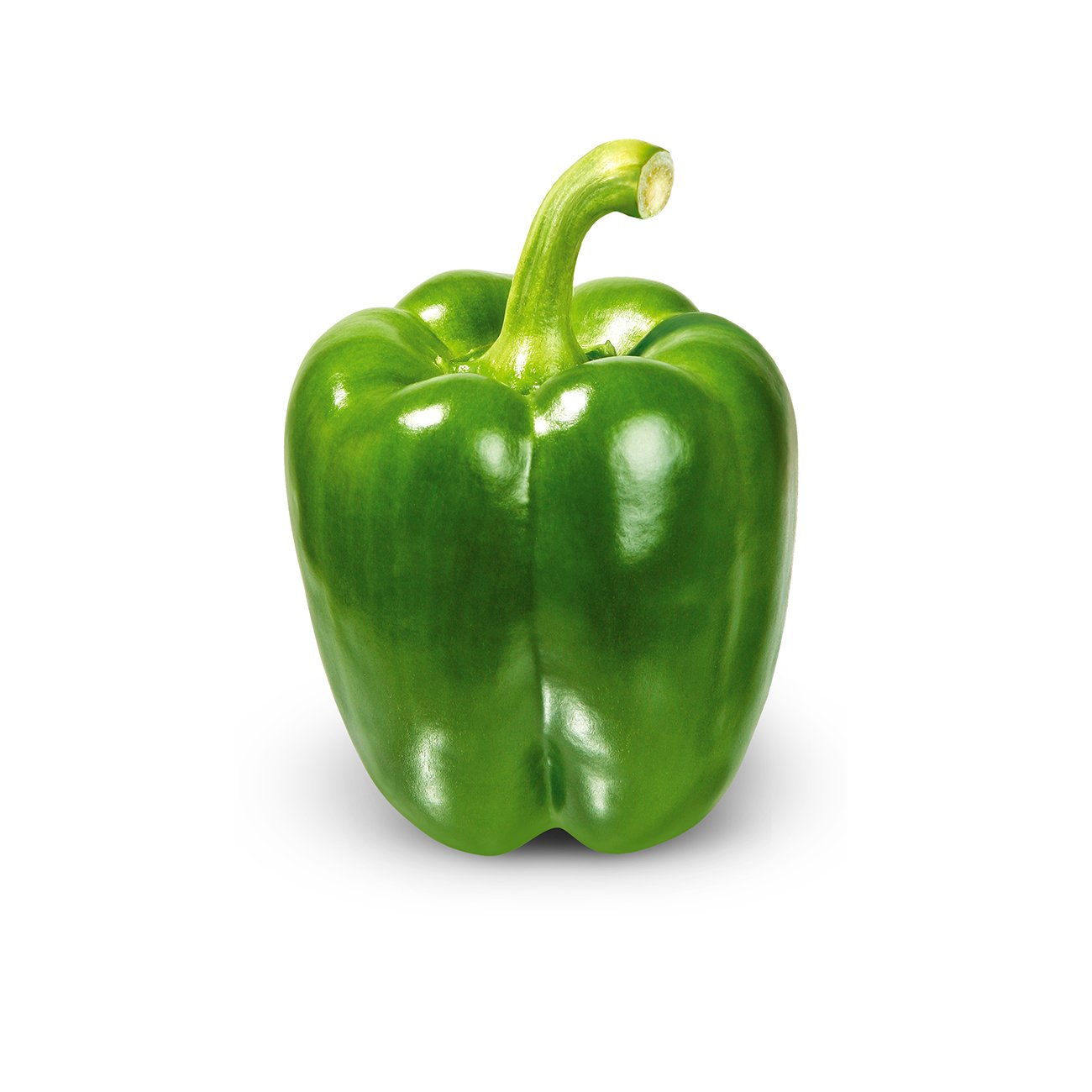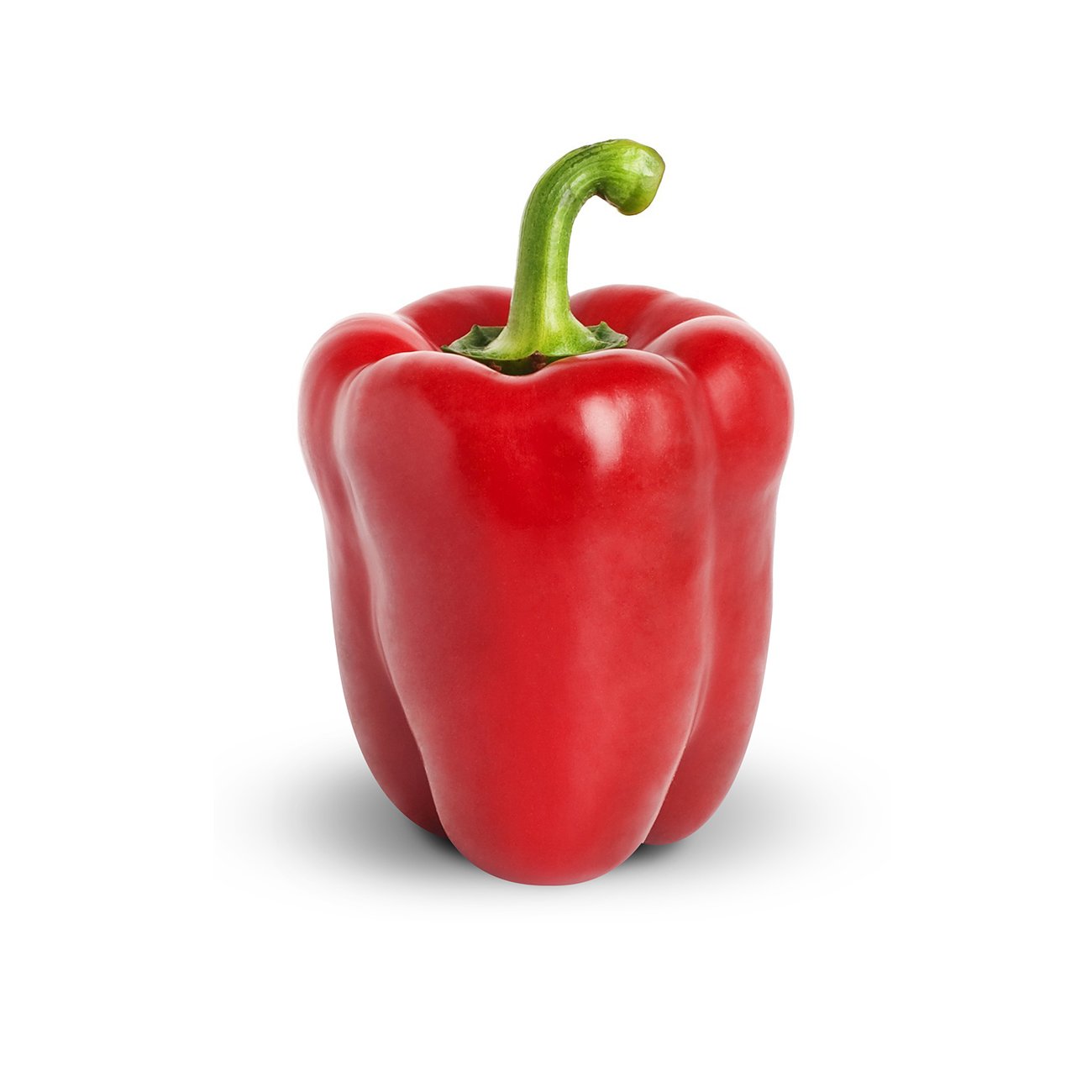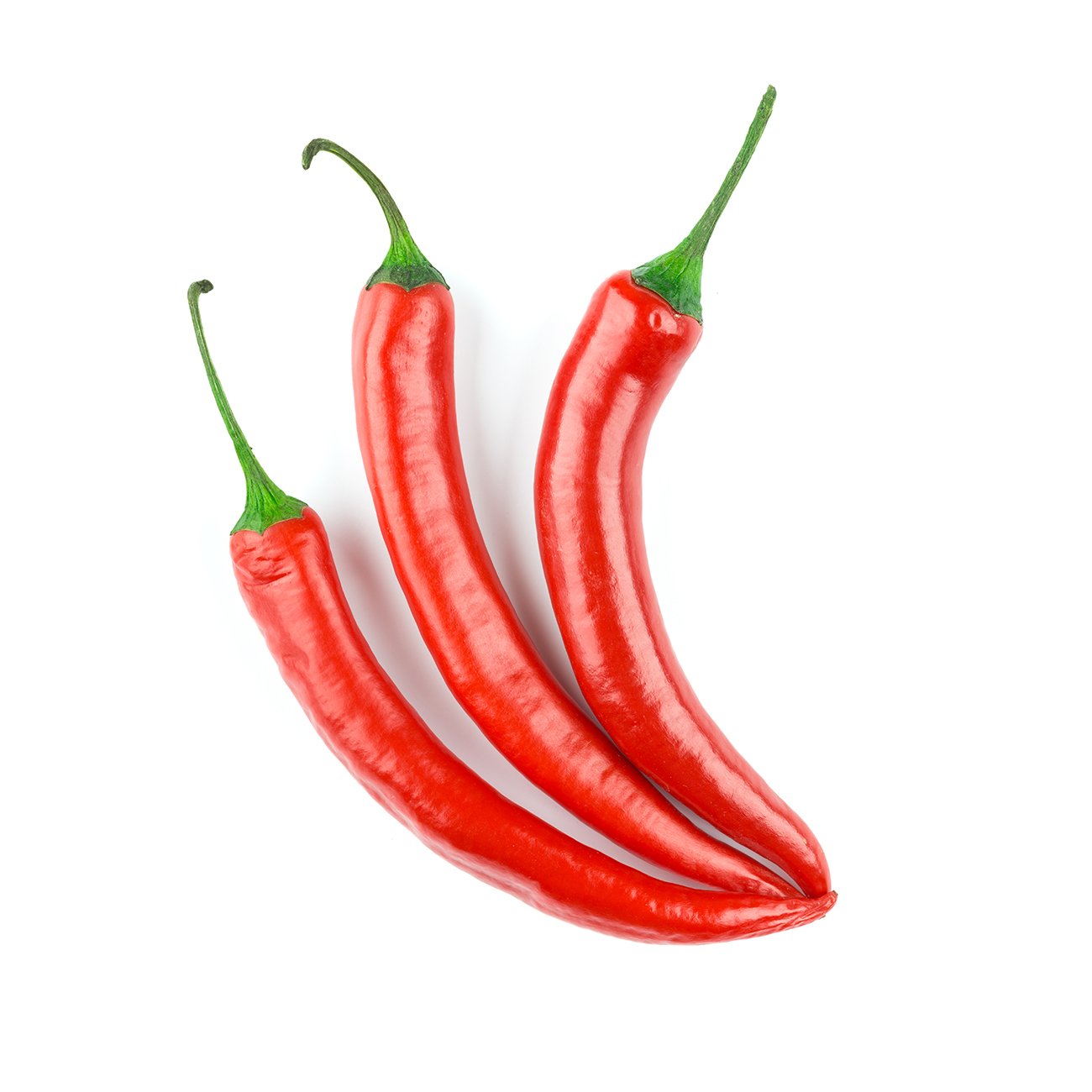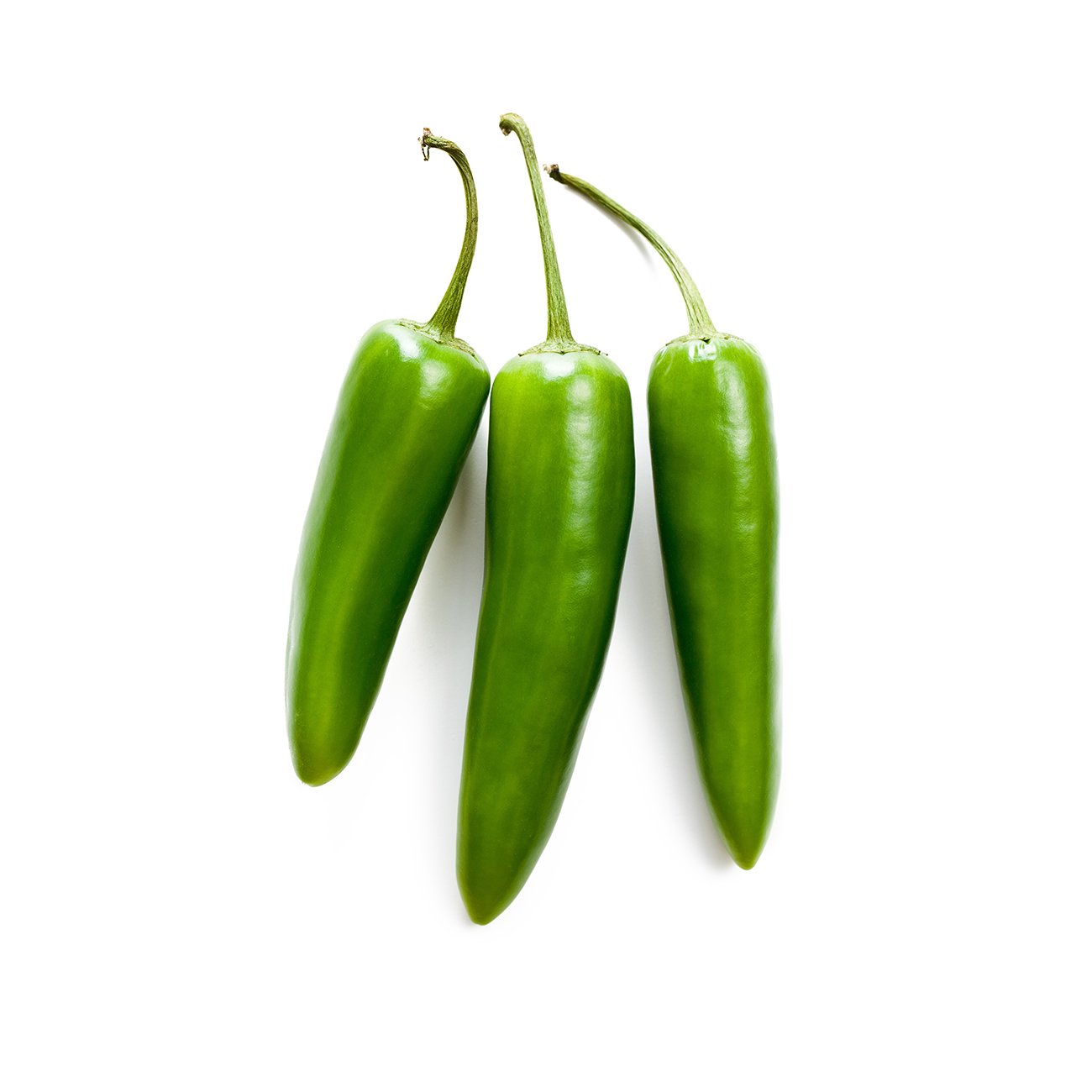Green capsicum—known in other parts of the world as a bell pepper—has crisp, shiny, moist flesh and hollow with a seeded core. Green varieties are less sweet and slightly more bitter than other colours of capsicum. Capsicums belong to the Solanaceae (nightshade) family, which also includes potatoes, tomatoes and eggplants. Enjoy raw or cooked.
-
Harvesting
Maturity indices for capsicum relate to size, firmness and colour. Fruit should be firm with a uniform shape, size and colour typical of the variety. They should be free from defects such as cracks, decay and sunburn. Blossom end rot occurs as a slight discolouration or a severe dark sunken lesion; it is caused by temporary insufficiencies of calcium due to water stress and may occur under high temperature conditions when they are rapidly growing.Postharvest storage temperature
Capsicums should be cooled as soon as possible to reduce water loss. Fruit stored above 7.5°C suffer greater water loss and shrivel. Storage at 7.5°C is best for maximum shelf-life (3–5 weeks); they can be stored at 5°C for 2 weeks and although this reduces water loss, chilling injury will begin to appear after that period. Symptoms include pitting, decay, discolouration of the seed cavity, softening without water loss. Ripe or coloured capsicums are less chilling sensitive than green peppers. Holding partially coloured peppers at warm temperatures of 20–25°C with high humidity (>95%) is the most effective treatment to accelerate ripening or colour change.Controlled atmosphere storage
Capsicums generally do not respond to modified atmospheres, although high CO2 atmospheres (>5%) can cause damage, especially if stored below 10°C.Ethylene sensitivity
Capsicums respond very little to ethylene.Humidity storage
Store at >95% relative humidity. Firmness is directly related to water loss and packaging is important to maintain a high relative humidity.Disease & infection
The most common causes of decay are Botrytis, Alternaria, and soft rots of fungal and bacterial origin. This is minimised with good hygiene and temperature controlled storage. -
Do not peel. Remove seeds and core before use. Store in vegetable drawer of fridge.

You might also like
Veggy tip
Eat raw, or microwave or stir-fry green capsicum without water to ensure the maximum retention of anti-oxidants including vitamin C and vitamin A-producing carotenoids.



